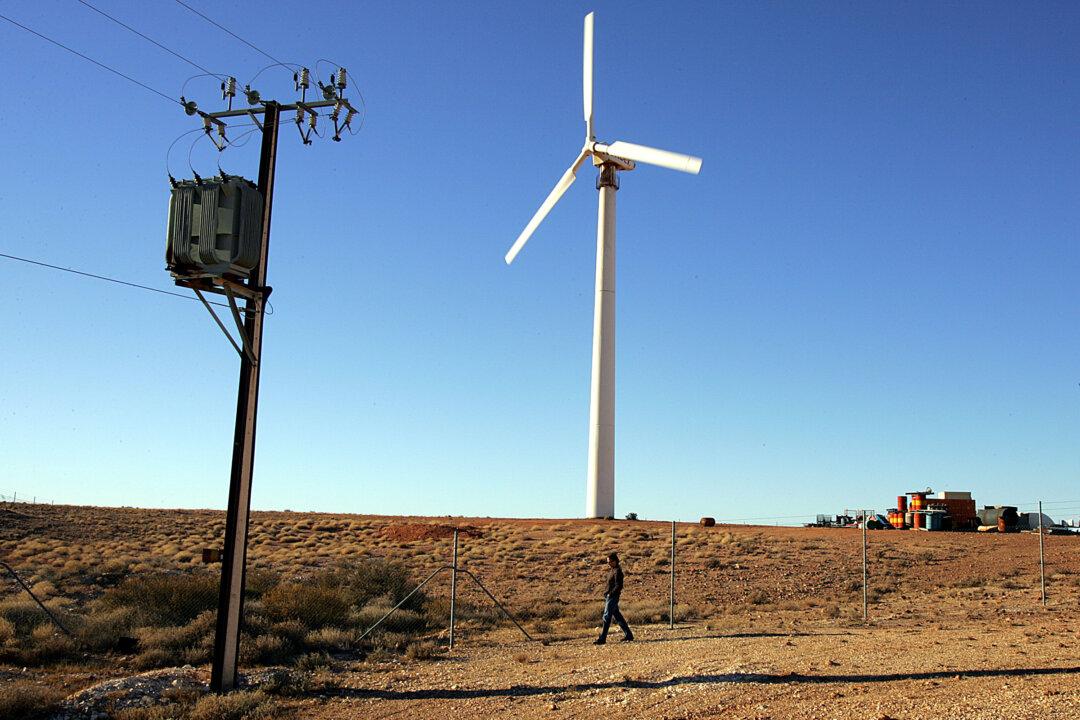A new study has found that Australians are significantly racking up more debts to cope with high inflation compared to last year.
According to research by the financial comparison website Finder, an average Australian consumer currently accumulates a debt of $20,238 (US$13,500), up from $18,301 a year ago.
This figure does not include mortgages and composes of $1,948 in credit card debt, $6,920 in personal loan debt, and $11,370 in loan debt.
If extended to the whole country, the total amount of personal debt in Australia is estimated to reach over $70 billion.
Amy Bradney-George, a personal finance expert at Finder, said many Australians were forced to borrow to pay for living expenses due to skyrocketing consumer costs.
“A significant number of people are having to turn to credit cards, buy-now-pay-later services and personal loans in order to cover day-to-day expenses like food and electricity,” she said.
“With inflation at an all-time high, debt is making it even more stressful for people to put food on their tables.”
The company’s data also revealed that 54 percent of Australians had a credit card as of May 2023, while 14 percent had a personal loan, and a similar percentage of the population had a car loan.
Australians Urged to Control their Debts
With the hike in personal debt levels in the past 12 months, there are concerns that the situation could worsen for Australian households if they do not take action.“Debt can quickly get out of control and lead to bigger financial difficulties,” Bradney-George said.
“When you are struggling to ‘pay off the past’, it stops you from saving for the future.”

The personal finance expert then offered some advice on how to rein personal debts.
“Contact your providers to see if you can set up a payment plan that fits with your income,” she said.
“If your circumstances have changed, you can also talk to your bank’s hardship support team about different options, such as payment pauses.
“You could also shop around for better rates or consider debt consolidation to help manage repayments.”
Bradney-George also said people could get free financial counselling by calling the National Debt Helpline (1800 007 007) if they have serious debt problems.
Poor Australians Have Difficulty Paying Utility Bills
As Australians are incurring more debts under rising living cost pressure, a significant percentage of vulnerable people cannot pay utility bills on time.To reduce bills, 74 percent of those surveyed had to turn off heating, 70 percent cut down on lighting, and 60 percent shortened their shower time.
Around 34 percent resorted to going to bed early to keep warm, and 36 percent stopped having guests over.
“Having to decide whether to put the heating on to stay warm in winter can literally be the difference between life and death.”





